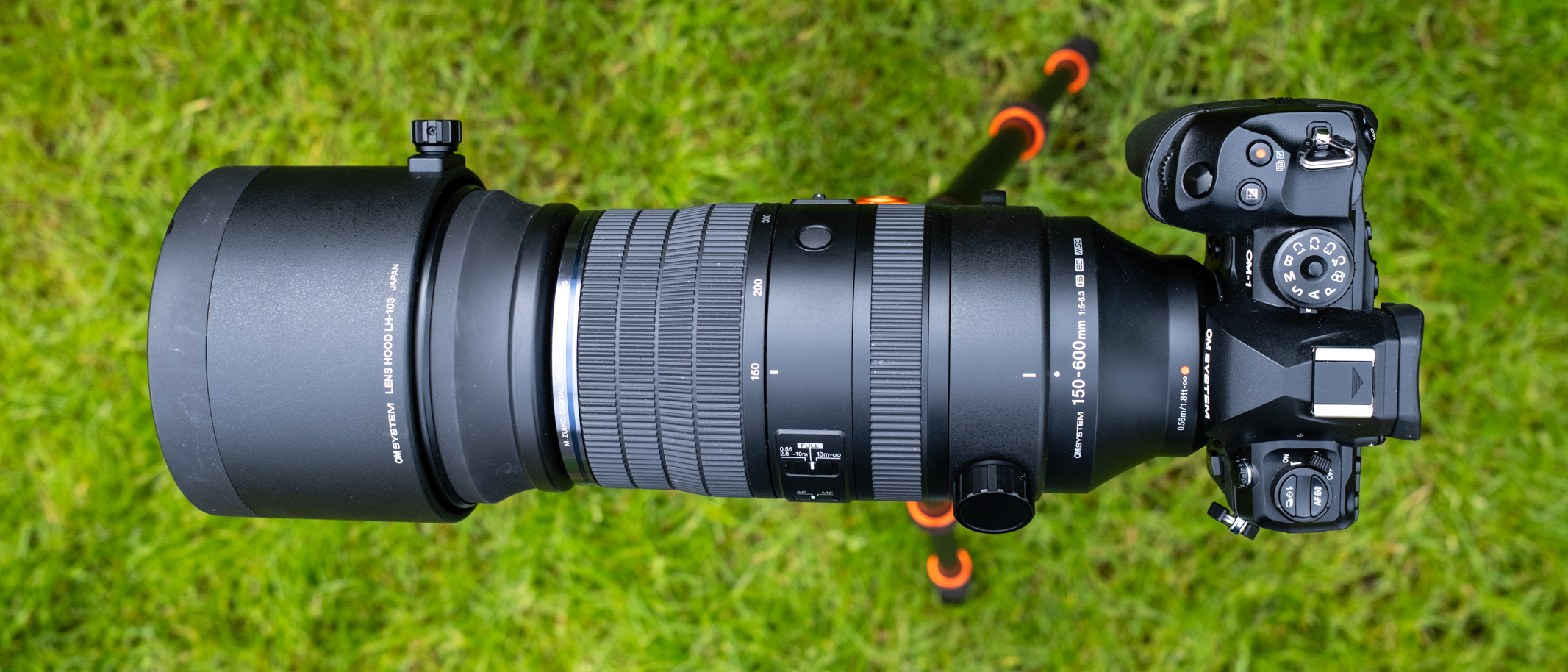TechRadar Verdict
The OM System M.Zuiko Digital 150-600mm F5.0-6.3 IS is a fantastic lens for enthusiast wildlife photographers and even professionals who require the extended reach on offer. The 5-AXIS SYNC Image Stabilization offering up to 7 stops of compensation is truly sublime, and although image quality isn’t as good as OM System pro spec telephoto primes, it’s comparable to other lenses offering this focal range. And while it's a moderately pricey lens, it is good value for money considering its reach and the features on board.
Pros
- +
Excellent build quality
- +
Amazing image stabilization
- +
Massive 300-1200mm equivalent focal range
Cons
- -
Image quality is good but not perfect
- -
A large and heavy lens
- -
External zoom mechanism
Why you can trust TechRadar
OM System M.Zuiko Digital 150-600mm F5.0-6.3 IS: two-minute review
With an equivalent focal range of 300-1200mm, the OM System M.Zuiko Digital 150-600mm F5.0-6.3 IS is a wildlife photographer’s dream. Small and distant subjects are suddenly thrust into the limelight, while mind-blowingly effective Image Stabilization steadies the viewfinder image and makes it possible to shoot handheld at much slower shutter speeds than should be possible. What more could you possibly want or need in this type of lens?
The 150-600mm focal range has become extremely popular in the past 10 years or so with enthusiast photographers, who can enjoy the long reach at a much more affordable price than professional telephoto prime lenses. There's a slight trade-off in maximum aperture and image quality from those pro telephoto prime lenses, but the money saved and versatility afforded is usually worth the compromise.
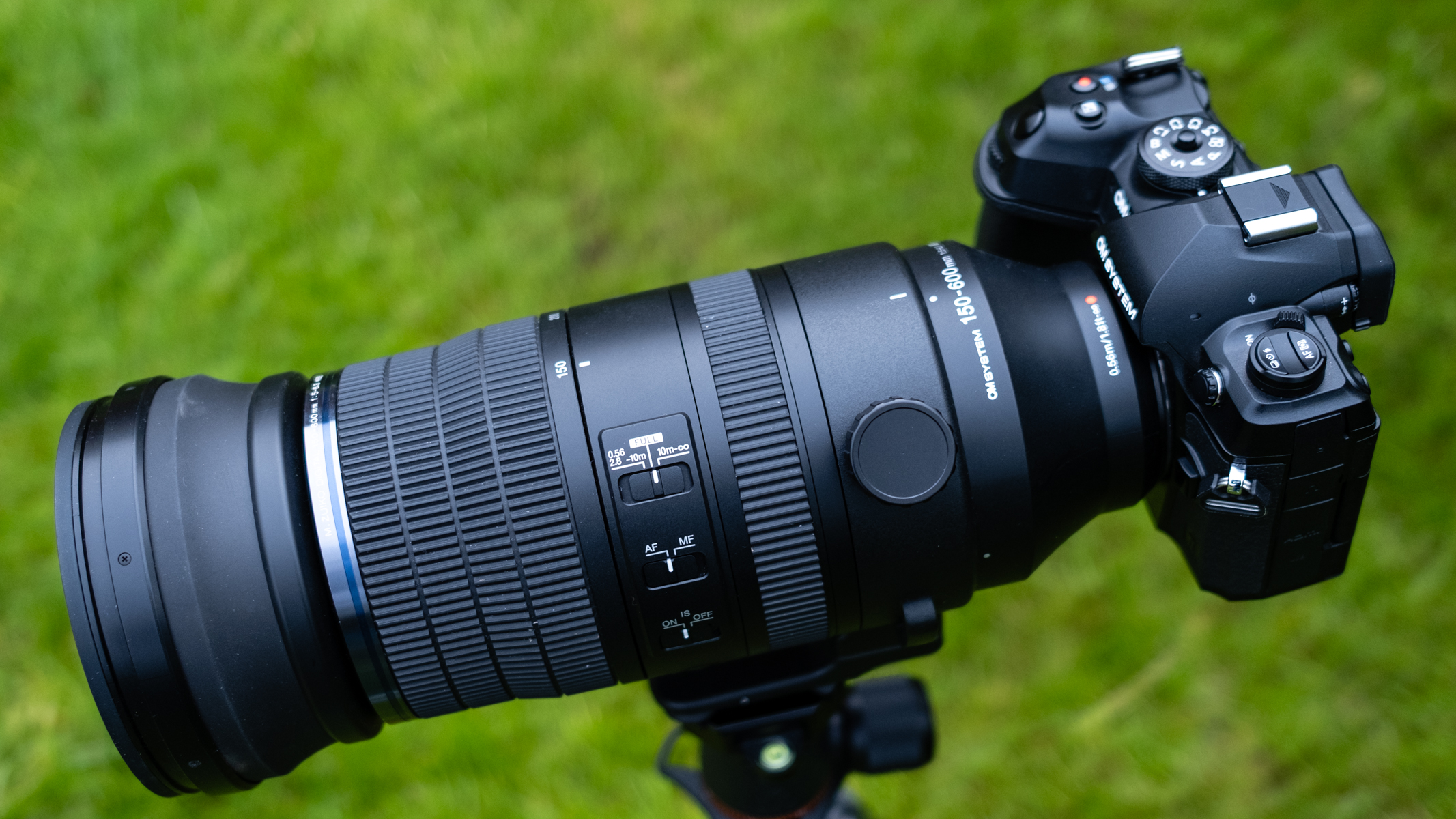
The M.Zuiko Digital 150-600mm is not inexpensive at $2700 / £2499 / AU$4099, and it’s only marginally less expensive than the Olympus M.Zuiko Digital ED 300mm f4 IS PRO. The latter is an optically superior lens with an equivalent focal length of 600mm paired with that f/4 maximum aperture, but for the average enthusiast the versatility of the 150-600mm will prove particularly tempting.
This colossal telephoto lens is also quite a beast in itself at 10.41x4.30 inches / 264.4x109.4mm, with a weight of 4.55lbs / 2,065g without the lens hood or lens cap. (It's actually a reworked version of the full-frame Sigma 150-600mm, with the micro four thirds lens mount.)
Honestly though, don’t let its gargantuan proportions put you off. You can and likely will want to attach the lens to a monopod or tripod anyway for photographing distant subjects, achieved via the Arca Swiss compatible tripod foot or the tripod screw thread on the bottom of the foot.
This may not be one of OM System’s PRO series lenses, but it provides great performance overall in what is arguably a compact and lightweight lens considering the extensive reach on offer. But let’s take a deeper dive into the specifics to see exactly how this lens performs in the real world when shooting wildlife.
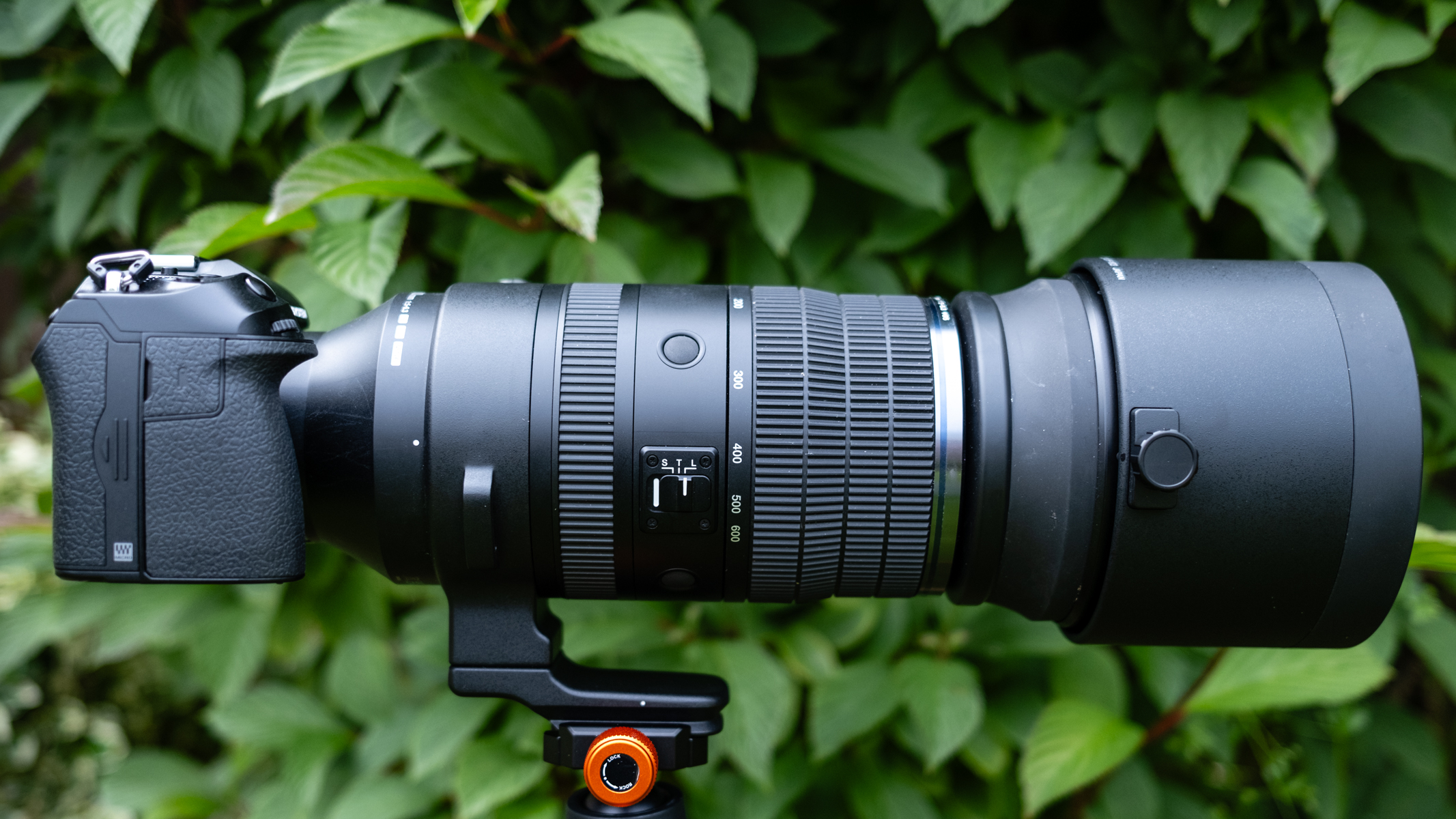
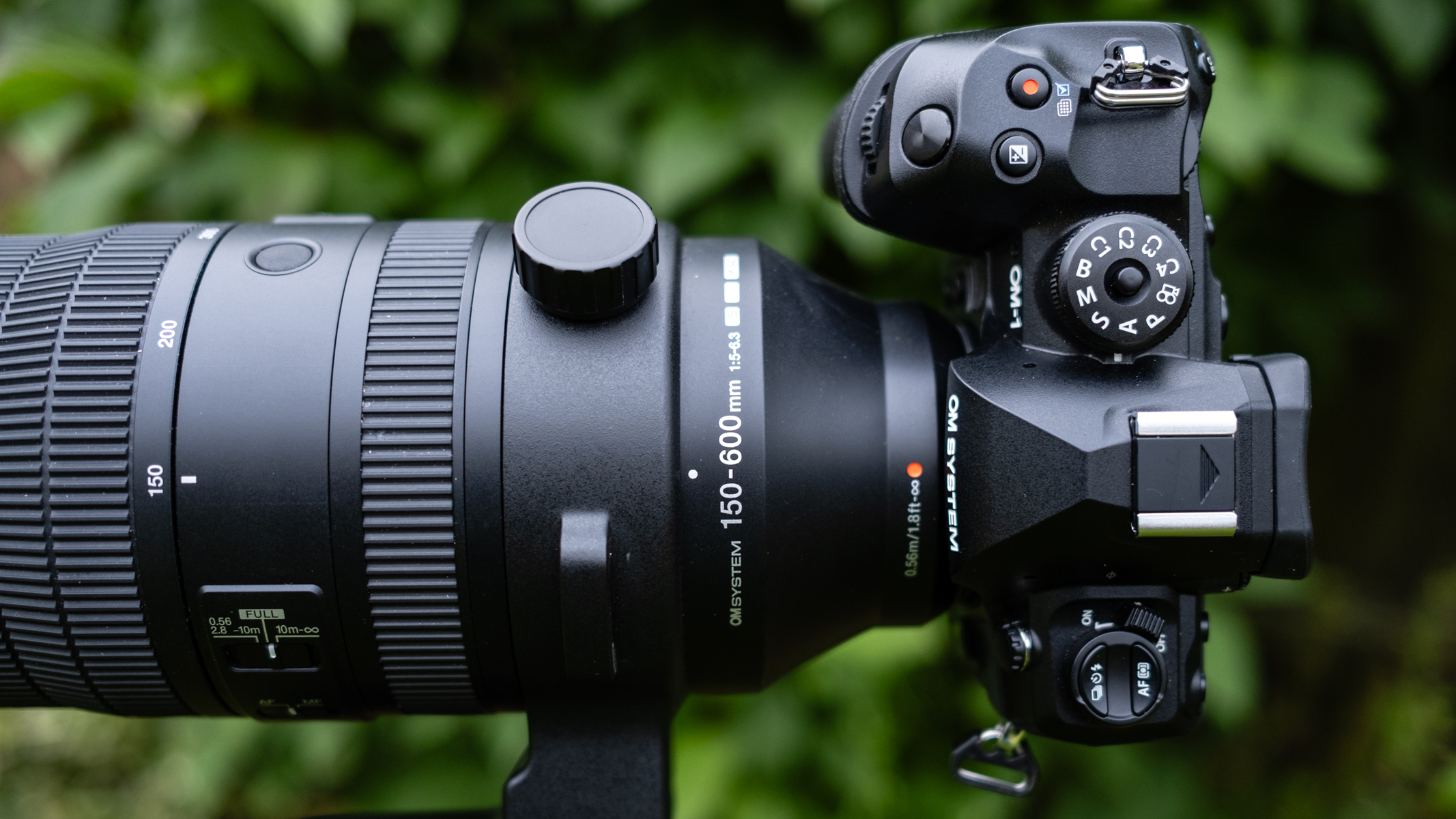
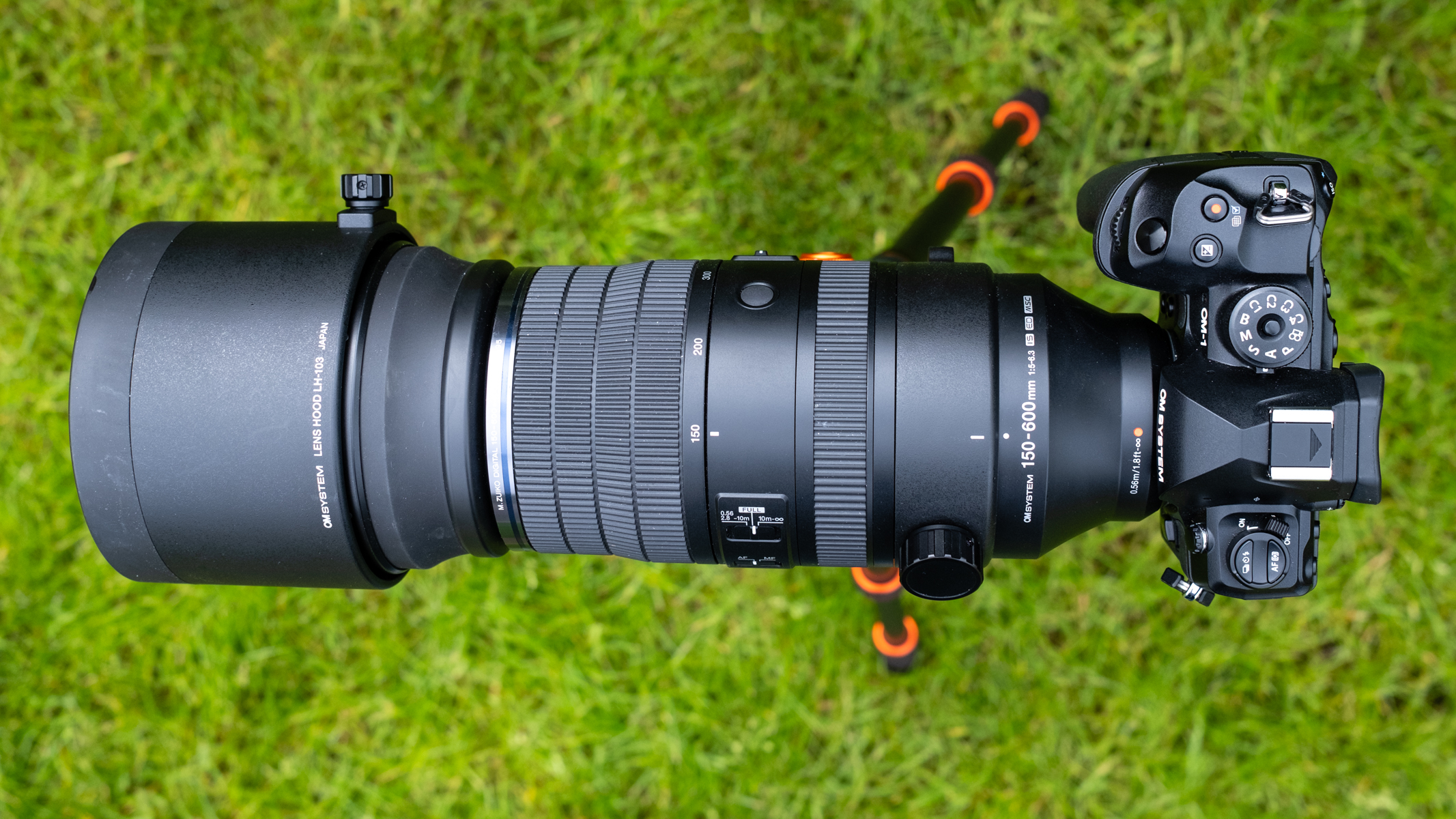
OM System M.Zuiko Digital 150-600mm F5.0-6.3 IS: design
The 150-600mm is quite a large lens for OM System – its design is based on a full-frame Sigma 150-600mm lens. A shoulder strap is included, which makes carrying the lens comfortable and convenient when walking around. Build quality is fantastic and offers XPX1 weather sealing making it dust and splash-resistant – essential for a lens of this type.
The only real downside of the lens build is that it has an external zoom mechanism, which means it extends as you zoom, but there is a zoom lock that works when the lens is retracted in its 150mm setting, plus two zoom friction settings. The lower resistance setting allows you to push or pull the front of the lens to change focal length, which is both useful and comfortable.
Other controls available on the lens include focus mode, focus limiter, image stabilization and three customizable Function buttons. So, despite not being a professional lens, the 150-600mm certainly offers controls more commonly associated with higher-end lenses.
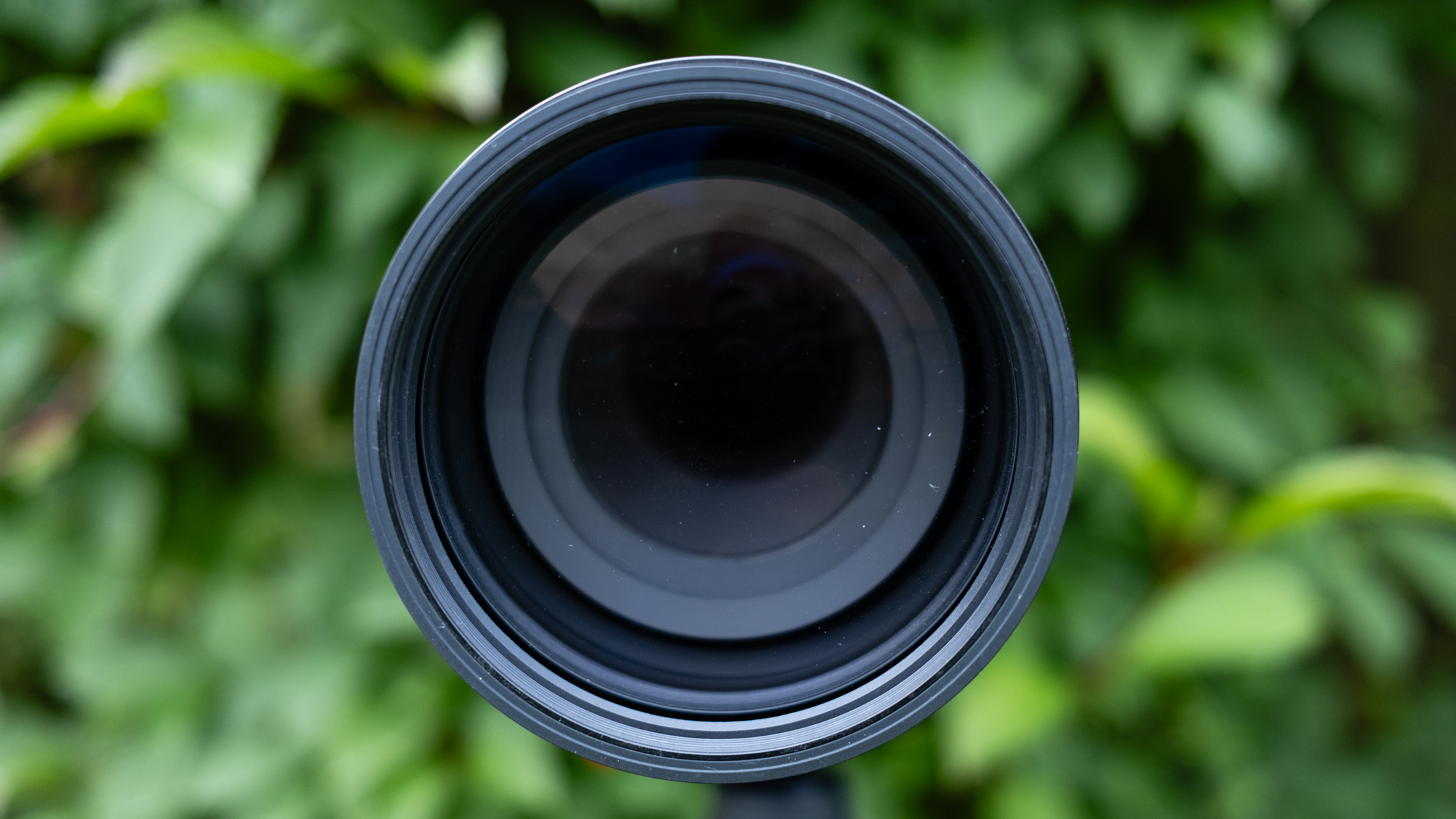
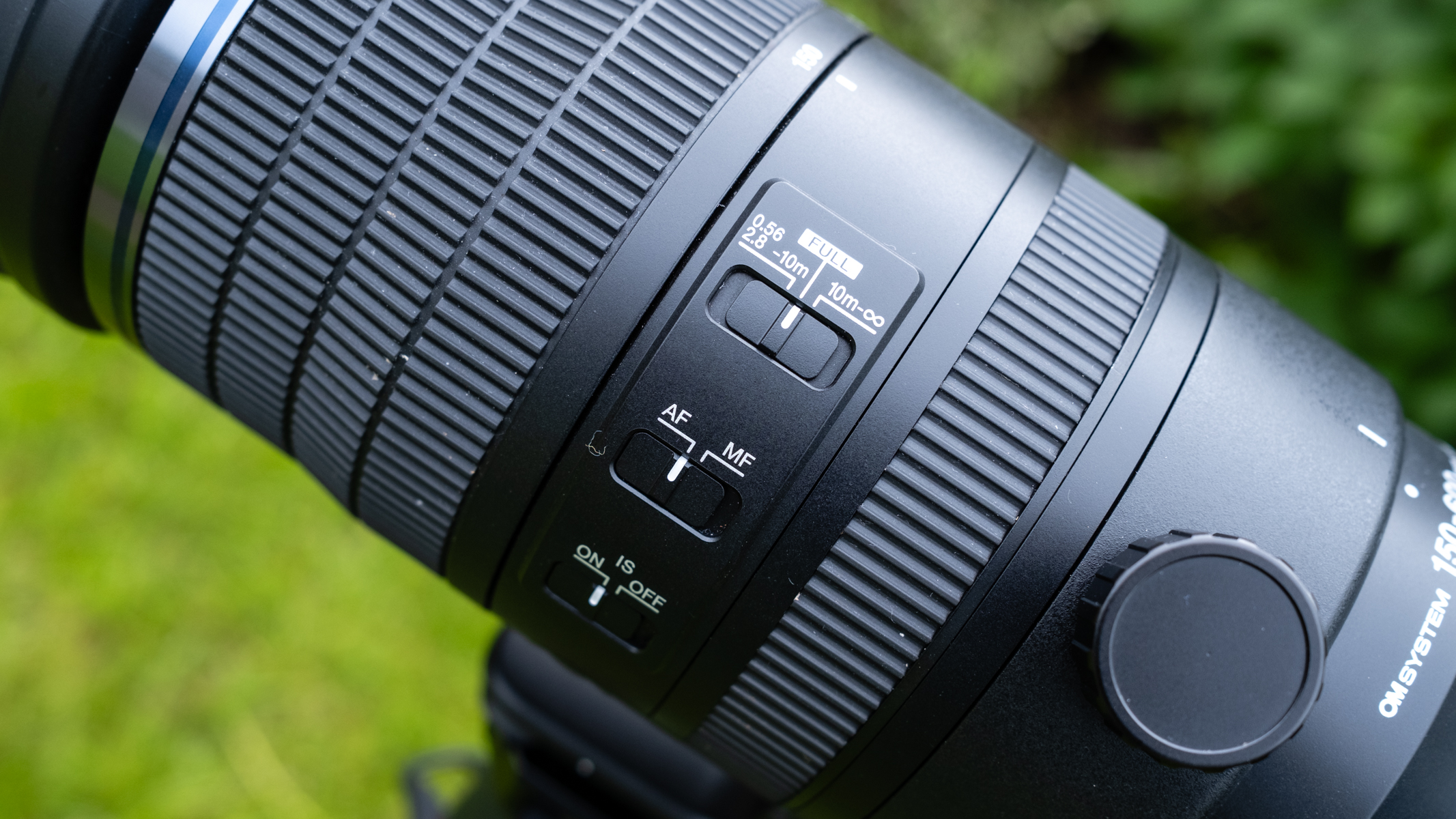
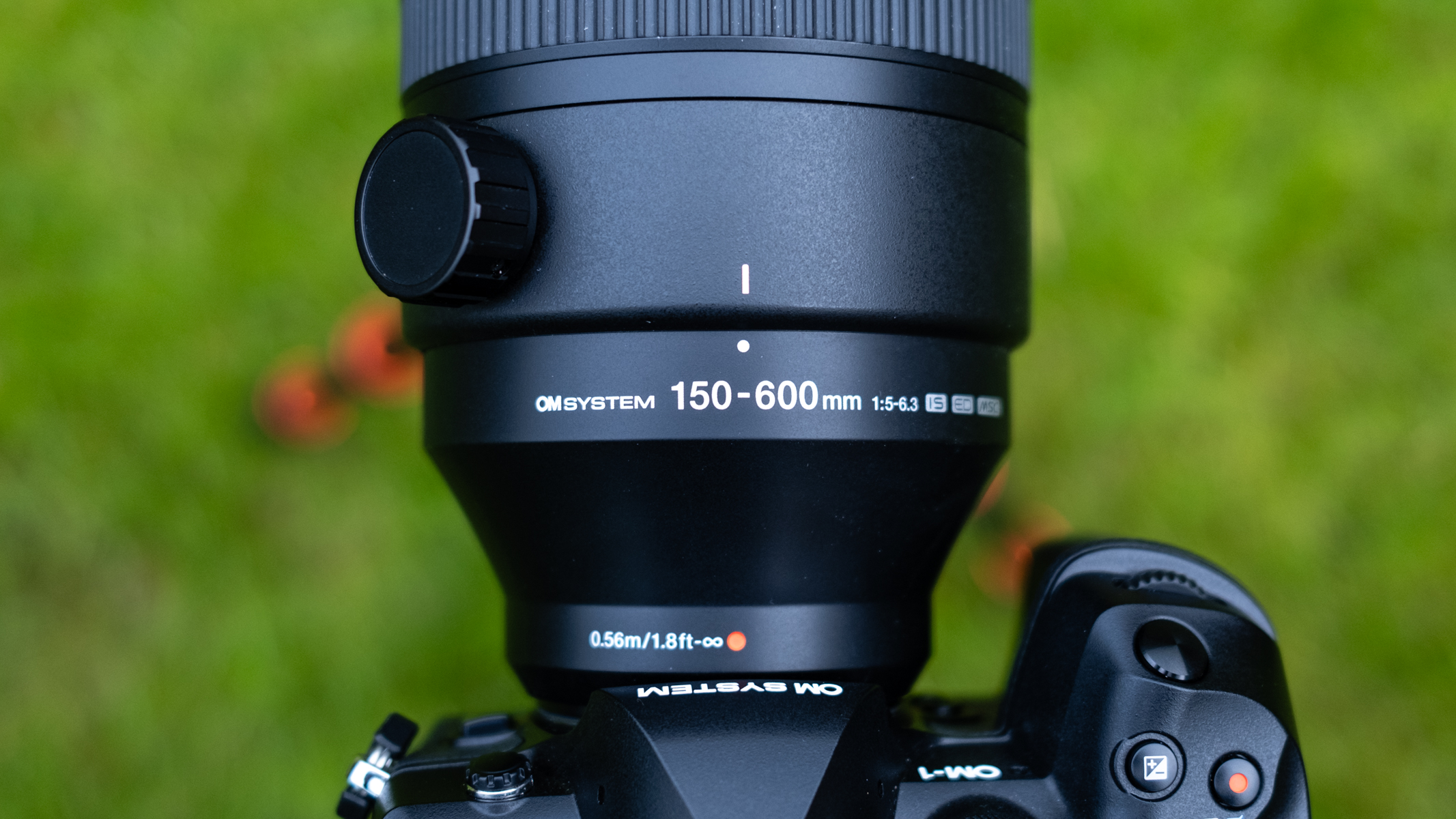
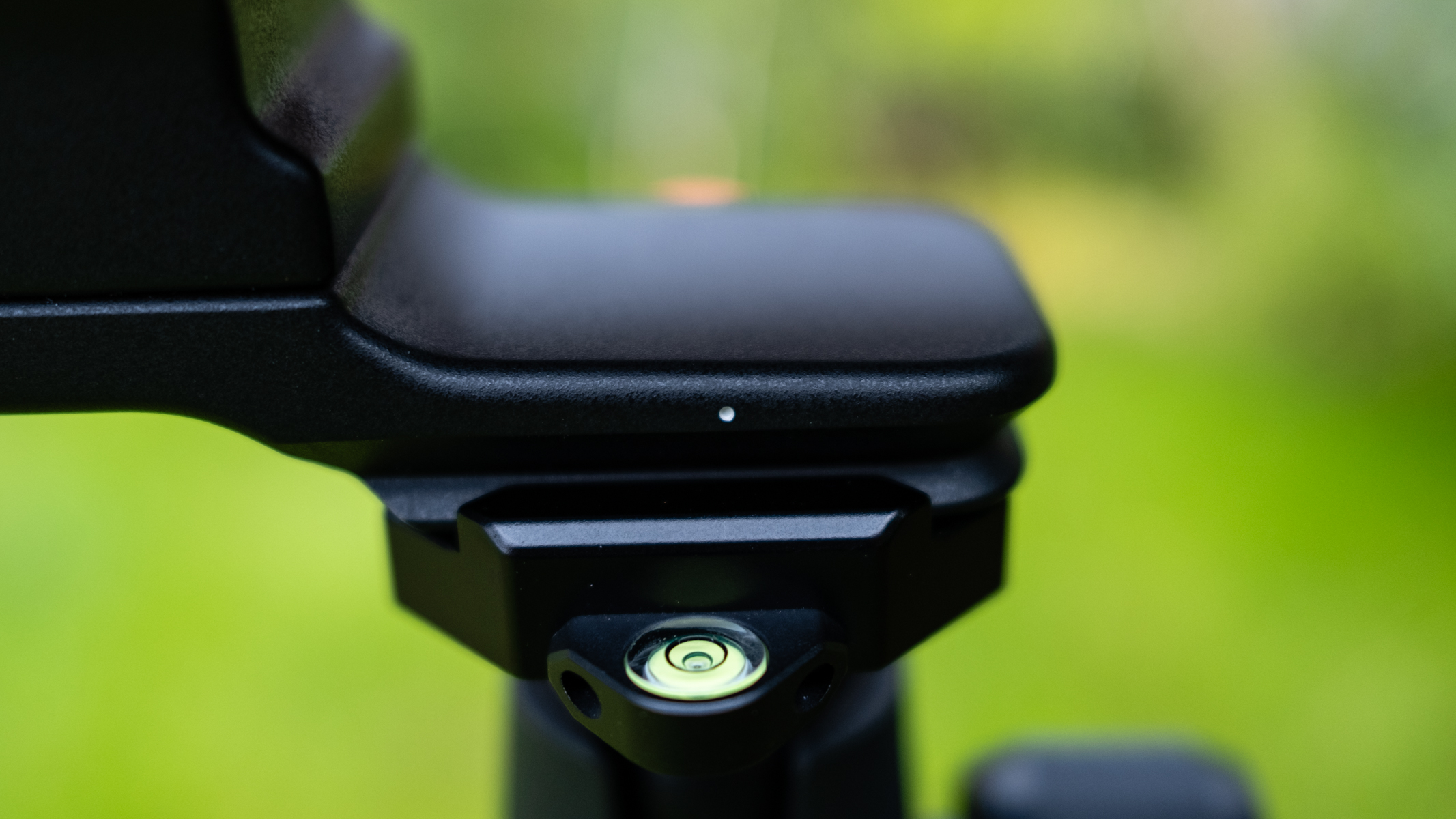
The front element and filter thread are 95mm, so you can use filters if you need to, although this is uncommon with wildlife photography and the screw-on lens hood provides more than adequate protection for the front element while also reducing the risk of flare. The lens is made up of 25 elements in 15 groups, with the front element featuring a fluorine coating to resist dirt and water spots, while the aperture is made up of nine blades.
The lens is surprisingly comfortable to use for long periods despite its size and weight. It doesn’t balance well with typically compact OM System cameras, but this isn’t a problem because using a lens like this with any camera system because you'll at the least be supporting the lens with both hands when shooting handheld.
OM System M.Zuiko Digital 150-600mm F5.0-6.3 IS: performance
The two standout features of the 150-600mm, alongside the incredible focal range, have to be image stabilization and autofocus. The 5-AXIS SYNC Image Stabilization offers up to 7 stops of compensation and uses a combination of optical stabilization in the lens and in-body image stabilization (IBIS) provided by OM System camera bodies.
Image stabilization performance is truly remarkable, and putting this into context, I often found myself shooting at 600mm (1200mm) at shutter speeds as low as 1/200 sec and still achieving sharp results. Autofocus is also fast and positive, not to mention silent, so no complaints here whatsoever and ideal for wildlife. The only problem I found when tracking fast-flying birds when zoomed in at 600mm was that I simply couldn’t keep up with them in terms of framing.
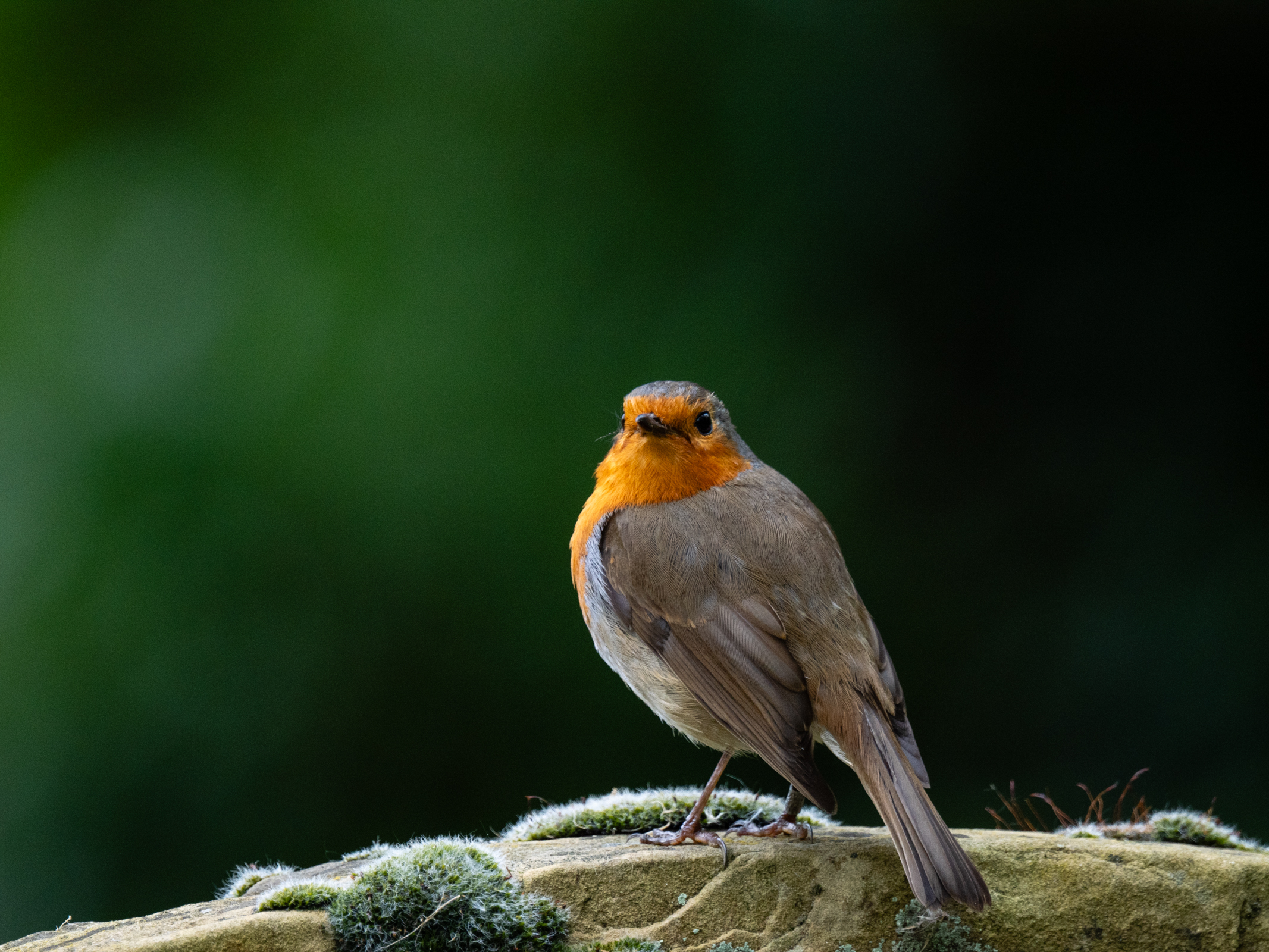



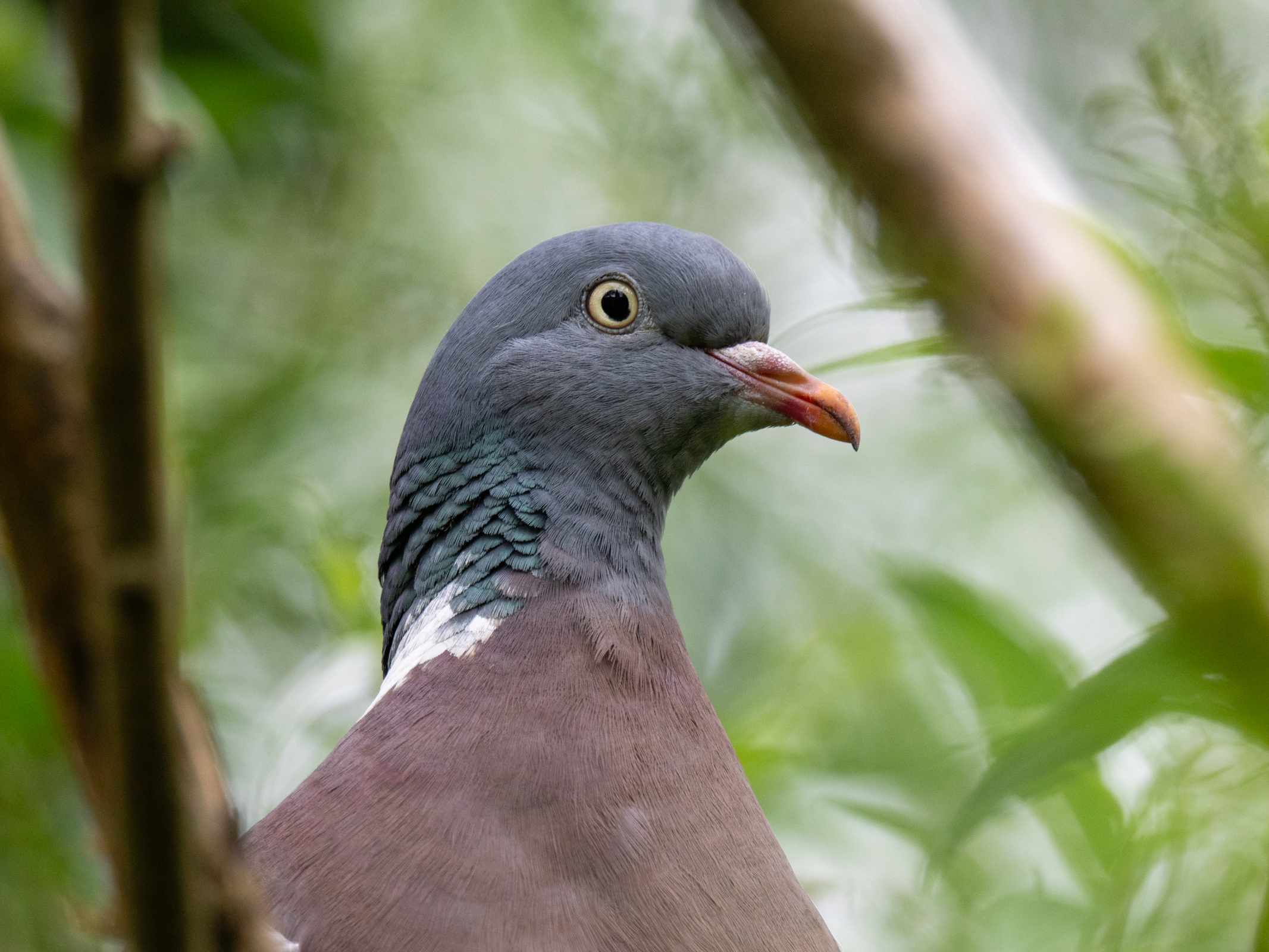
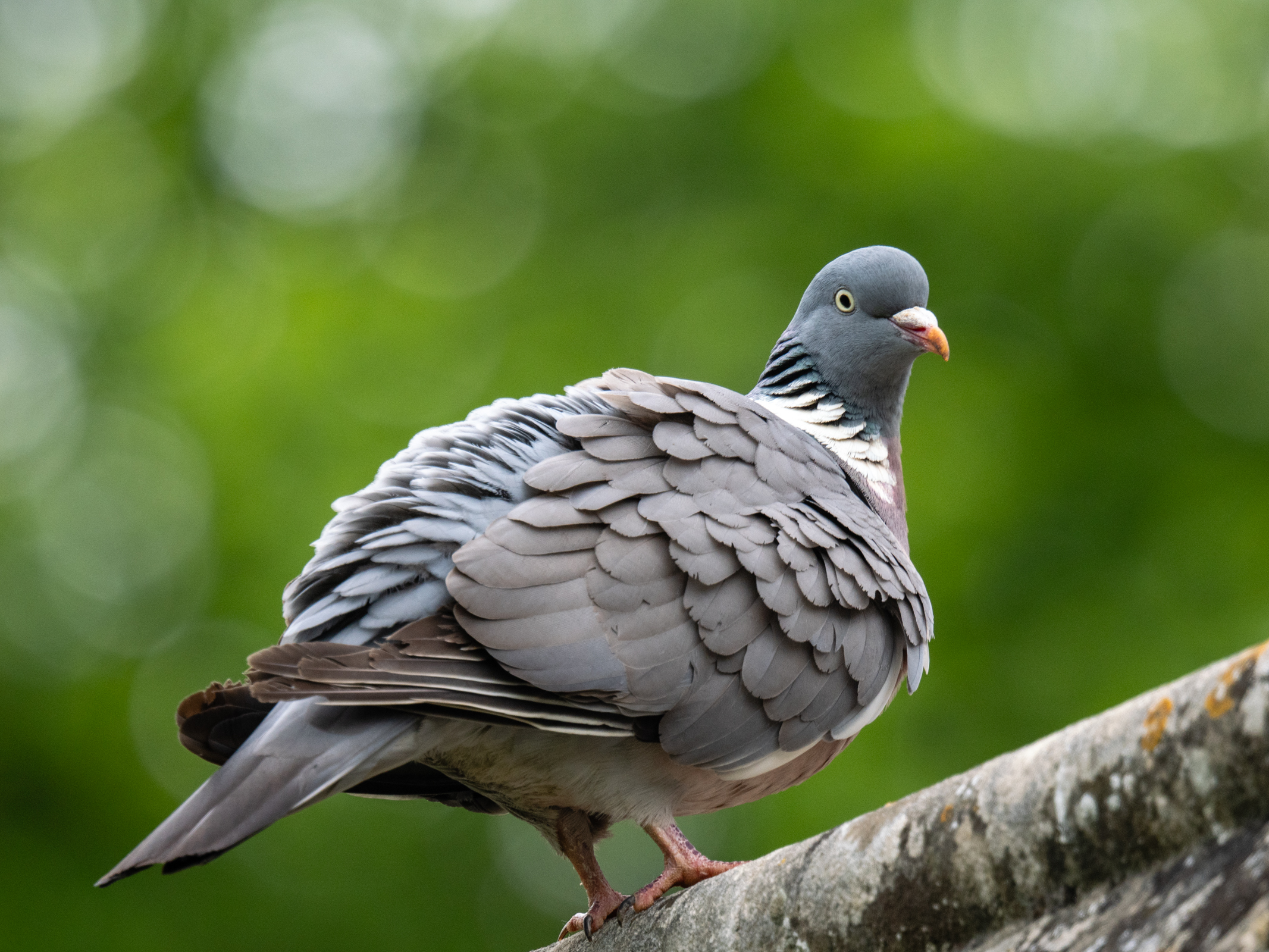
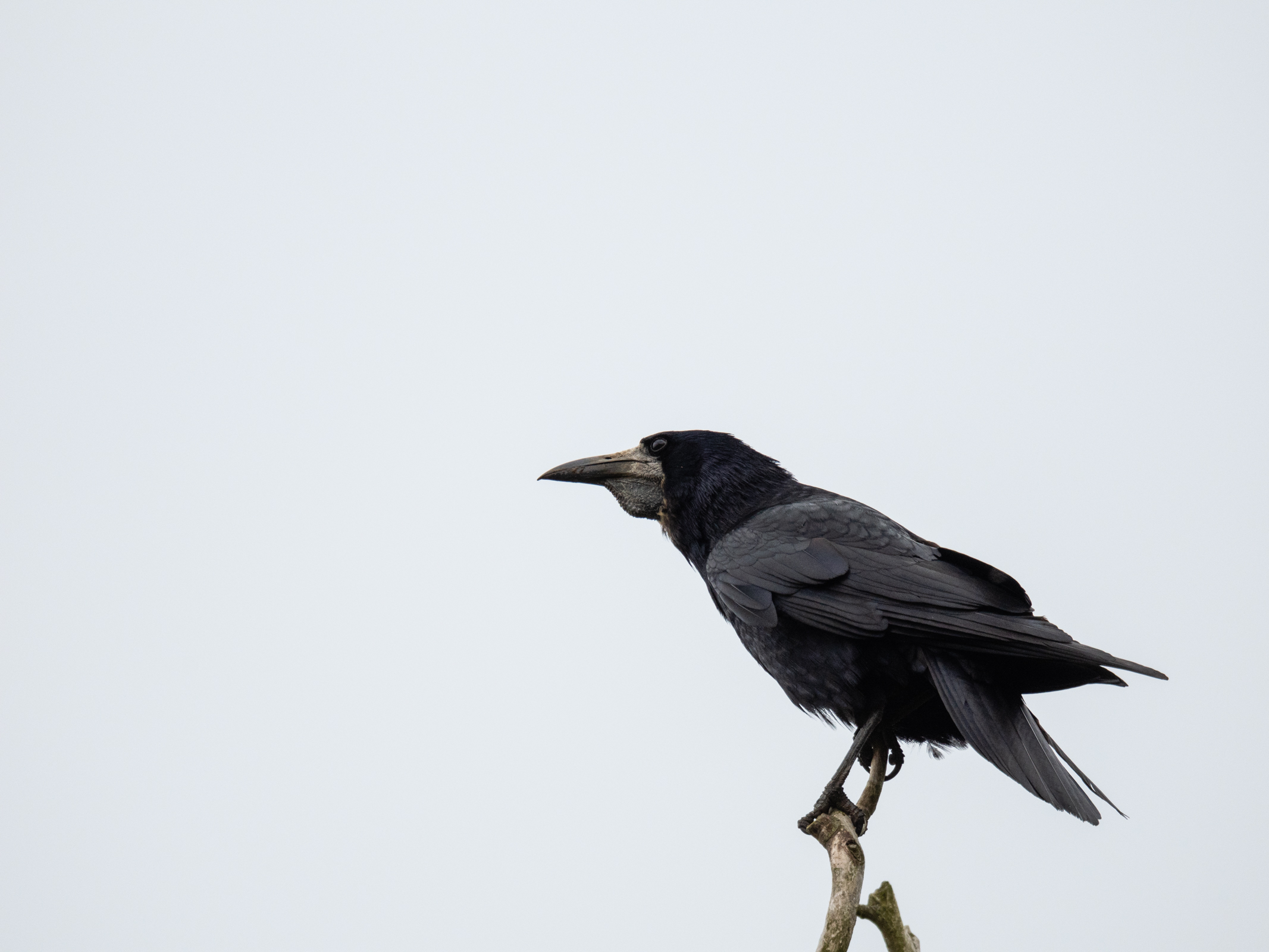
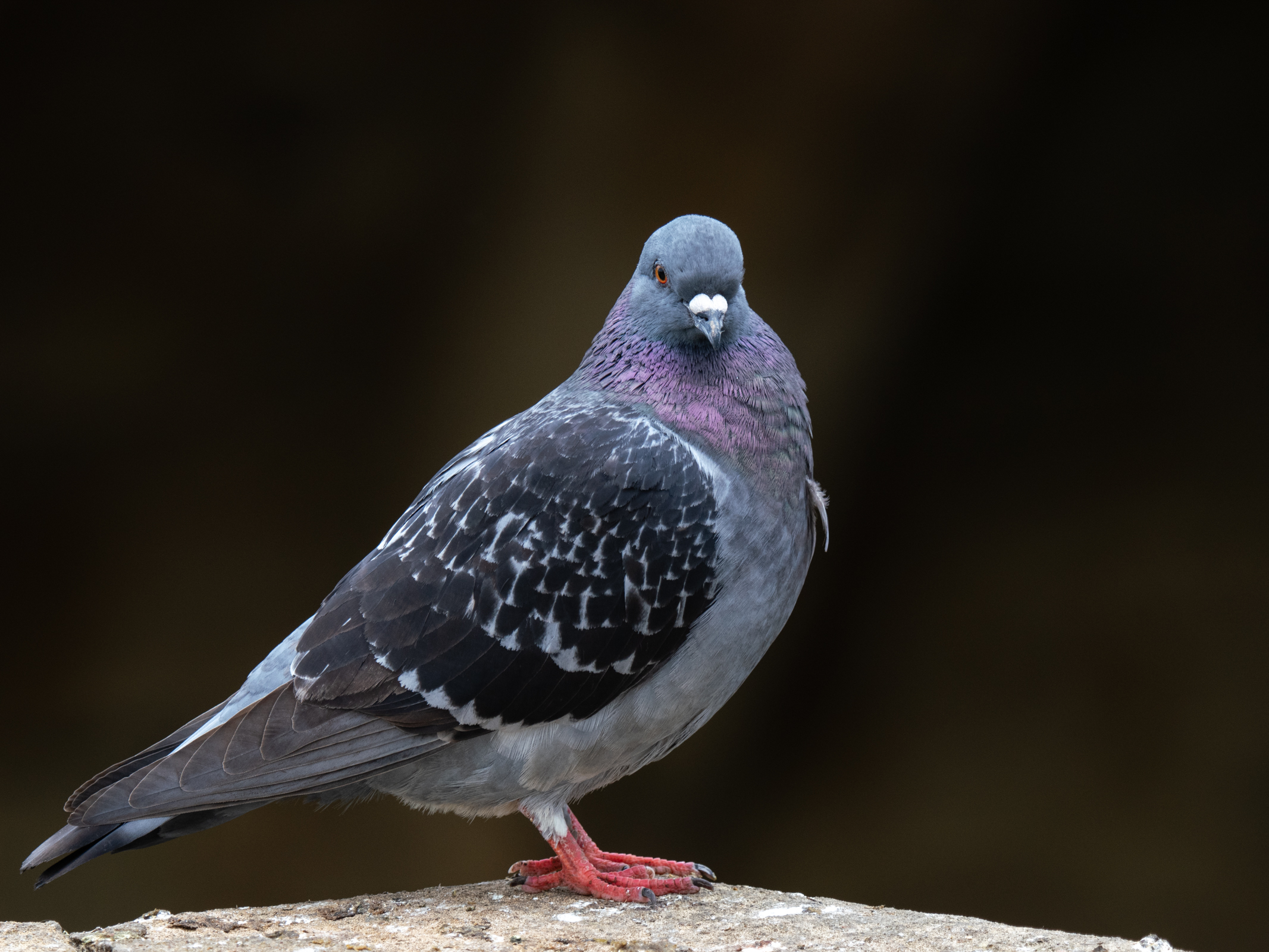

Image quality is, overall, very good considering the focal range on offer. Images are sharp and provide plenty of sharp detail, but it’s fair to say that they lack the level of sharpness produced by professional-level telephoto prime lenses. This isn’t surprising, and in terms of sharpness, the M.Zuiko Digital 150-600mm is comparable to full-frame 150-600mm lenses, with the micro four thirds advantage of double the reach.
With a maximum aperture of f/5.0-6.3 depending on the zoom factor, you could fairly assume that this combined with the MFT sensor size would produce a larger-than-desired depth-of-field. But in reality, backgrounds are sufficiently and pleasingly defocused, placing full emphasis on the subject itself.
Should I buy the OM System M.Zuiko Digital 150-600mm F5.0-6.3 IS?
Buy it if...
You need an ultra-long telephoto
With an equivalent focal range of 300-1200mm, this is a lens that brings small and distant subjects much closer, opening up many photographic possibilities.
You require a versatile zoom range
For wildlife photographers, a 300-1200mm focal range is incredibly versatile and essentially puts several lenses into one convenient package.
You would like decent image quality
The image quality produced by the 150-600mm is very good with sharp results and the ability to capture fine detail, although it’s not the best you can get.
Don't buy it if...
You require the best image quality
If you’re looking for the best image quality available at the expense of a zoom range, the Olympus M.Zuiko Digital ED 300mm f4 IS PRO could be the lens for you.
You’re not a wildlife photographer
The focal range on offer with this lens suits wildlife photography in particular; it’s arguably too long even for motorsports.
You would like a lightweight lens
If even the thought of carrying around a lens that weighs 4.55lbs / 2065g makes your back ache, the Olympus M.Zuiko Digital ED 100-400mm f5-6.3 IS is a lighter alternative.
How I tested the OM System M.Zuiko Digital 150-600mm F5.0-6.3 IS
I shot with the OM System M.Zuiko Digital 150-600mm F5.0-6.3 IS over several days, opting to focus on bird photography to maximise the full potential of the lens in terms of the reach it provides. Photos were taken at different aperture settings to test handling, sharpness and distortion, while image stabilization was put through its paces by shooting at considerably slower shutter speeds than would normally be possible.
Most images were shot simply to see how the lens performed in different situations, while others were shot specifically to compare the results, all in real-world environments rather than relying on statistics and lens charts.
With nearly 30 years of photographic experience and 15 years working as a photography journalist, I’ve covered almost every conceivable subject and used many of the cameras and lenses that have been released in that time. As a working photographer, I’m also aware of the factors that are most important to photographers and aim to test cameras and lenses in a way that reflects this.
First reviewed June 2024
James Abbott is a professional photographer and freelance photography journalist. He contributes articles about photography, cameras and drones to a wide range of magazines and websites where he applies a wealth of experience to testing the latest photographic tech. James is also the author of ‘The Digital Darkroom: The Definitive Guide to Photo Editing’.
